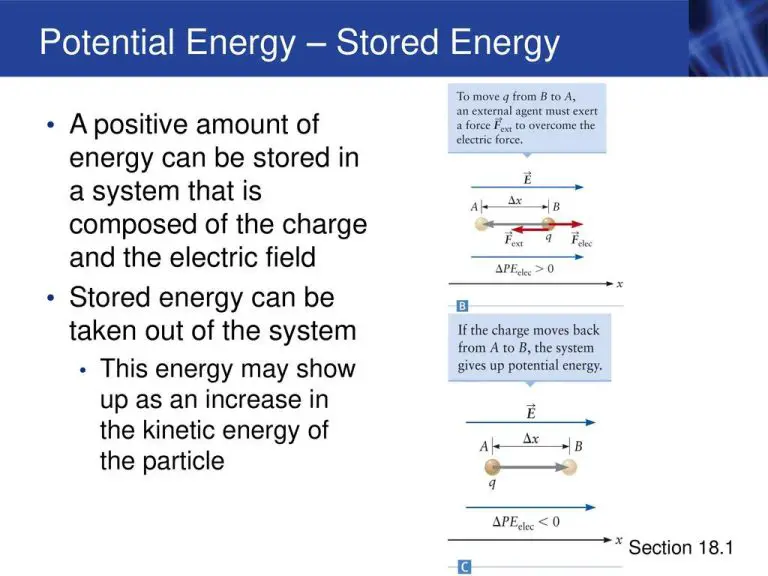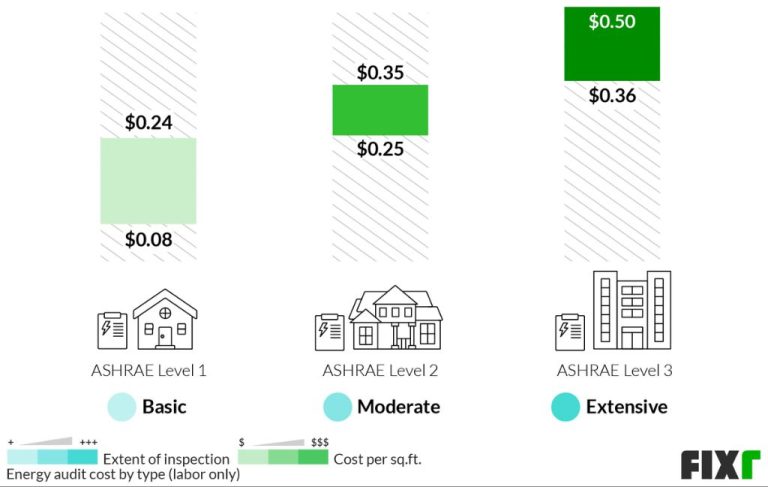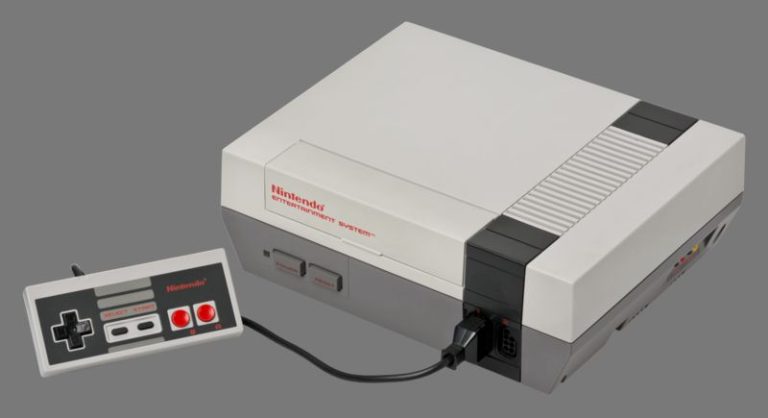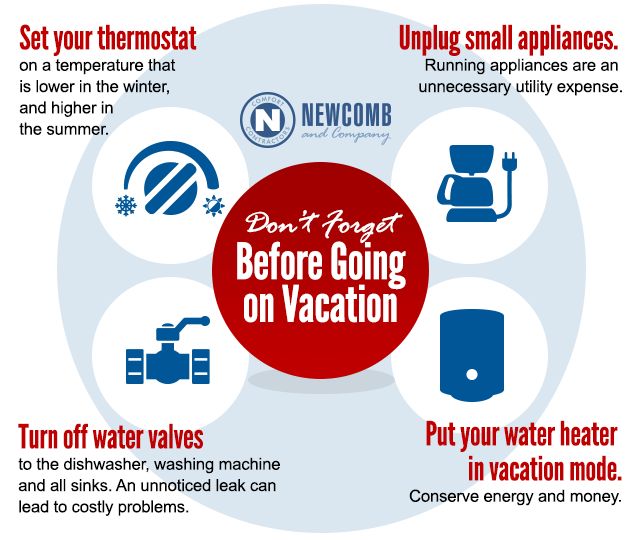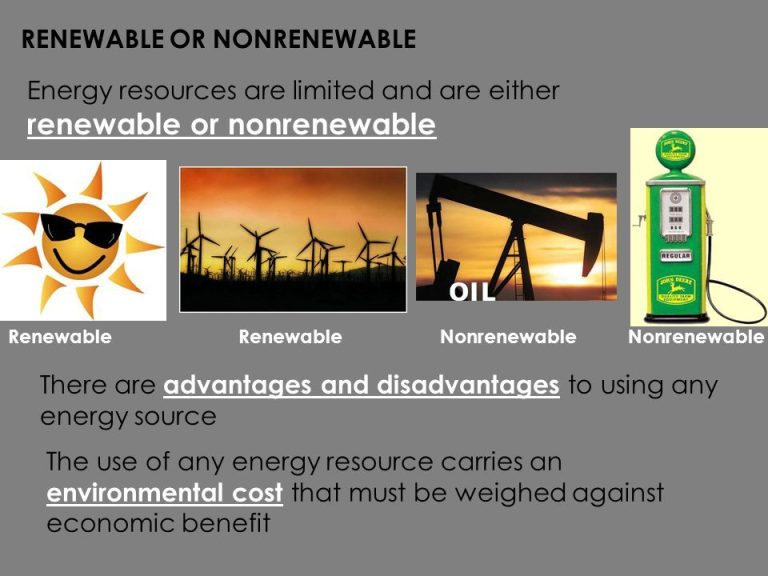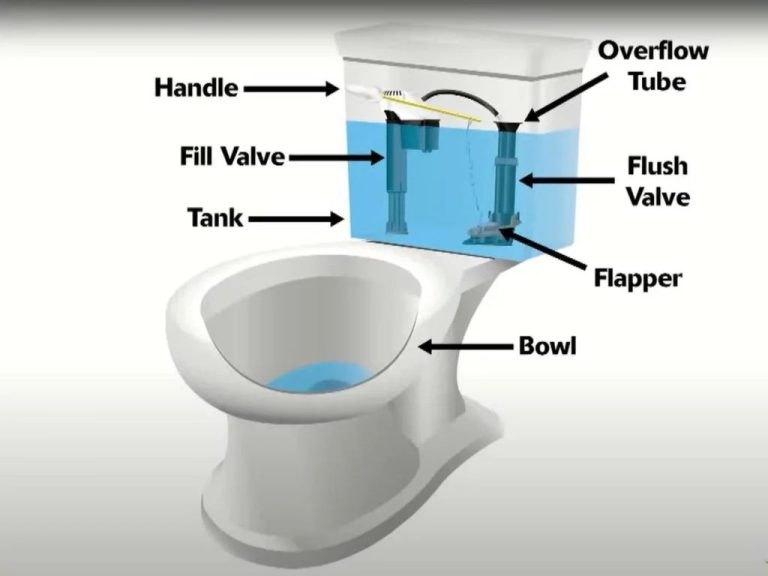What Is Meant By Electric Power?
Electric power refers to the flow of electrons in an electric current which can be used to deliver energy to homes, businesses, and industries. It is one of the most versatile and widely used forms of energy. Modern civilization would not be possible without electricity.
Electric power allows us to light our homes, power appliances and equipment, operate factories, provide climate control, and enable telecommunications. It is essential for transportation, computing, healthcare, food production and storage, and running all types of electronics and digital devices. The availability of electricity has enabled rapid advancements in science and technology that drive economic and social progress.
This overview will discuss how electricity is generated, transmitted over long distances, and distributed for consumption. It will cover how electric power is measured, provide examples of residential and commercial usage, and explore electricity storage. The environmental impacts of electric power and the development of smart grid technologies will also be addressed. By the end, you will have a broad understanding of this indispensable energy source and its many applications in the modern world.
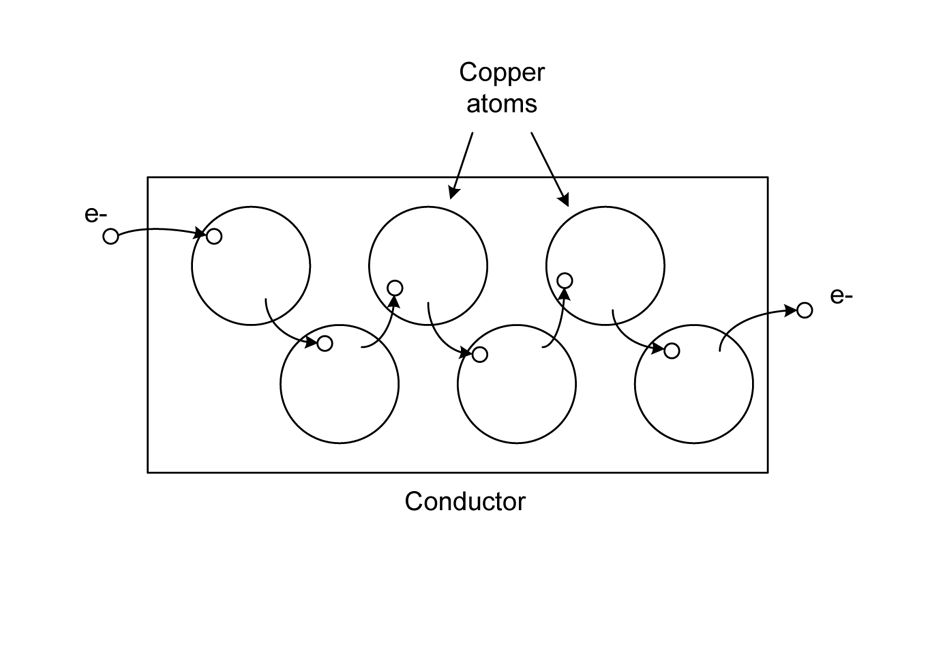
Generating Electricity
Electricity can be generated from a variety of energy sources. The most common sources for electricity generation are:
Coal – Coal is a fossil fuel that is burned to heat water, which creates steam and spins a turbine connected to a generator. Coal accounts for about 24% of electricity generation worldwide. However, burning coal produces air pollutants and carbon dioxide emissions.
Natural Gas – Natural gas is a fossil fuel that is burned to spin turbines connected to electricity generators. Natural gas accounts for 23% of electricity generation globally. It produces less emissions than coal but still results in carbon dioxide emissions.
Nuclear – Nuclear power plants use the heat from nuclear fission reactions to produce steam and spin turbines. Nuclear provides about 10% of electricity worldwide. Nuclear reactions themselves don’t produce air pollution or carbon dioxide, but there are risks associated with accidents and radioactive waste.
Hydroelectric – Flowing water spins turbines connected to electricity generators at hydroelectric dams. Hydroelectric power provides 16% of the world’s electricity. It is renewable and does not directly produce air pollution or greenhouse gases.
Wind – Wind turbines use large blades to catch the wind, which spins a turbine to generate electricity. Wind power accounts for around 5% of electricity worldwide. Wind power is renewable and does not produce direct air pollution or carbon emissions.
Solar – Solar photovoltaic panels convert sunlight into electricity. Solar provides about 2% of global electricity. As a renewable source, solar does not directly produce air pollution or carbon dioxide.
Transmitting Electricity
Once electricity is generated at power plants, it needs to be transported over long distances to homes, businesses and other end users. This is done through transmission lines that make up the electric grid.
High Voltage Transmission
Electricity is transmitted at very high voltages, often 115 kV or higher. This is because higher voltages allow electricity to be transmitted more efficiently over long distances, with less line loss. Using high voltages reduces the current for a given amount of power, which reduces resistive losses in the lines.
Transformers
Step-up transformers are used to increase the voltage at the power plant before transmission over the high voltage lines. Step-down transformers are then used to reduce the voltage for distribution to end users. Without transformers, it would not be feasible to transmit electricity over long distances. The transformers allow transmission at high voltages and usable lower voltages for customers.
Electric Grid
The network of transmission and distribution lines that transport electricity from power plants to consumers is known as the electric grid. It consists of high voltage transmission lines that span long distances, connected by substations with transformers. The transmission system feeds into the lower voltage distribution system that connects individual customers.
The grid allows electricity to be transmitted efficiently from generators to any point of demand. Regional grids are interconnected into larger national grids to allow long distance transmission and trade of electricity.
Measuring Electric Power
Electric power is measured in watts. A watt is a unit of power that is equal to 1 volt times 1 amp. Voltage (volts) measures the “push” or pressure behind the electricity. Current (amperes or amps) measures how much electricity is flowing. Resistance (ohms) measures how difficult it is for the electricity to flow through a material. These units are related by Ohm’s Law:
Power (watts) = Voltage (volts) x Current (amperes)
For example, a device plugged into a 120 volt outlet with a current of 5 amps will use 600 watts of power (120 volts x 5 amps = 600 watts).
The main types of electric power are direct current (DC) and alternating current (AC). In DC, the voltage and current are constant. In AC, the voltage and current alternate between positive and negative. Most power plants and outlets supply AC power. Measuring AC power is more complex because the voltage and current are constantly changing direction.
For AC power, measurements are usually given in volts for voltage, amps for current, and watts for true power. However, other important measurements include volt-amps, VARs, power factor, reactive power, apparent power, etc. Understanding these terms is key for electrical engineers and technicians working with AC power systems.
Residential Usage
Electricity powers the modern home, running lights, appliances, electronics, and more. The average home has a diverse set of electrical devices.
Some of the most common appliances found in homes include:
- Refrigerators and freezers for food storage
- Stoves, ovens, and microwaves for cooking
- Dishwashers and washing machines for cleaning
- Air conditioners and fans for climate control
- Televisions, computers, and game systems for entertainment
- Coffee makers, toasters, and mixers for food preparation
- Hair dryers, shavers, and toothbrushes for personal hygiene
- Smart home devices like digital assistants, security systems, and smart lighting
There are important electrical safety tips to follow in the home:
- Avoid overloading outlets with too many devices
- Immediately replace damaged cords and plugs
- Keep flammable materials away from heat sources
- Test GFCIs outlets monthly to ensure proper functioning
- Have a qualified electrician handle any major electrical work
Residents can also practice energy conservation to reduce electricity usage:
- Switch to LED light bulbs
- Enable “sleep mode” on computers and TVs when not in use
- Use microwaves, pressure cookers, and crockpots for more efficient cooking
- Wash clothes in cold water and allow air drying when possible
- Unplug devices when not in use to avoid phantom loads
Commercial Usage
Commercial buildings like offices, hospitals, stores, etc. have many electricity needs. Lighting, heating, and cooling systems consume a lot of power in commercial spaces. Commercial buildings also rely on electricity for appliances, computers, security systems, and more. Many commercial facilities have large rooftop air conditioning units that require substantial electricity. Larger commercial buildings may even have on-site generators or cogeneration plants that produce electricity.
Various industries are also major consumers of electricity. Manufacturing facilities use electricity for operating heavy machinery and running assembly lines. Data centers require enormous amounts of power for servers and cooling systems. Electricity runs pumps, compressors, conveyors, and other equipment at mines, oil refineries, chemical plants, and other industrial sites.
In general, commercial and industrial usage accounts for more than half of total electricity consumption in developed nations. Optimizing energy efficiency and exploring on-site generation can help reduce electricity costs and environmental impacts for commercial and industrial users.
Electricity Storage
Storing electricity allows energy generated at one time to be used at a later time, which can help balance energy supply and demand. There are several ways to store electricity:
Batteries
Batteries are electrochemical devices that convert chemical energy into electrical energy. Popular battery technologies used for grid energy storage include lithium-ion and lead-acid batteries. Batteries can respond quickly to changes in electricity demand and smooth out short-term fluctuations.
Capacitors
Capacitors store electric charge and can rapidly charge and discharge. They have very fast response times for smoothing power fluctuations. However, capacitors generally cannot store large amounts of energy.
Pumped Hydro Storage
Pumped hydro facilities pump water uphill into a reservoir when electricity demand is low. Then when demand is high, the water flows downhill to spin turbines and generate electricity. Pumped hydro allows large-scale energy storage. However, facilities require specific geographic features and large land areas.
Challenges and New Technologies
Key challenges for electricity storage include improving efficiency and capacity. Researchers are exploring new battery chemistries, advanced compressed air storage, flywheels, supercapacitors, and more. Emerging storage technologies could enable greater integration of renewable energy and make electricity delivery more flexible and reliable.
Electricity and the Environment
The generation of electricity can have significant impacts on the environment. Fossil fuel power plants like coal, natural gas, and oil release greenhouse gases like carbon dioxide that contribute to climate change. Burning fossil fuels also emits other pollutants like sulfur dioxide and nitrogen oxides which cause acid rain. Nuclear power does not release greenhouse gases but produces radioactive waste that must be carefully stored. Even renewable energy sources like wind, solar, hydropower and biomass can affect the environment through habitat destruction, bird deaths, and more.
There are several clean energy solutions that aim to reduce the environmental impact of electricity generation. Renewable energy from solar, wind, geothermal and hydropower emits little to no greenhouse gases. Governments can also implement cap and trade programs or carbon taxes to incentivize power plants to reduce emissions. Upgrading power plants and transmission infrastructure improves efficiency and reduces waste. Public policies and consumer choices supporting clean energy are critical for transitioning to a more sustainable electric grid.
Smart Grids
The traditional electricity grid relies on centralized power plants that transmit electricity one-way to consumers. Smart grids utilize two-way communication technology to optimize the electrical grid. Power companies and utilities can monitor energy use in real-time, detect problems immediately, and reroute power more efficiently. Smart grids increase reliability and help integrate renewable energy sources like wind and solar into the grid.
Automation and Optimization of Transmission
Smart grid technology allows for automated and intelligent transmission of electricity. Advanced sensors, monitoring devices and data analysis optimize power flows, detect potential issues, and enable self-healing properties to reroute electricity and prevent outages. This increases efficiency and reduces costs.
Smart Meters
Smart meters monitor and provide real-time information about electricity usage to both utilities and consumers. This allows consumers to adjust their consumption during peak hours to save money. Utilities can better understand demand and supply needs to prevent brownouts. Smart meters also enable automated remote connection and disconnection.
Microgrids
Microgrids are self-contained local energy grids with their own power generation, storage, and smart grid technology. They can disconnect from the main grid and operate autonomously as needed. Microgrids make renewable wind and solar easier to integrate. They provide energy reliability and resiliency by isolating problems and continuing operation if the main grid goes down.
Future of Electric Power
As the world population grows and countries continue to develop economically, demand for electricity is projected to keep increasing. According to the U.S. Energy Information Administration, global electricity generation is expected to grow by over 70% between 2018 and 2050.
Meeting this demand in a sustainable way is a major challenge. Efforts are underway to improve energy efficiency in buildings, transportation and industry to curb electricity use. There is also a major push towards renewable energy sources like solar and wind instead of fossil fuels.
Many innovations that will shape the future of electric power are in development. Improved battery technology will enable larger-scale electricity storage. Smart grids will use digital technology to match supply and demand in real time. Microgrids will allow communities to generate, store and manage their own electricity supply locally. New superconducting materials will reduce transmission losses over long distances. Artificial intelligence can help optimize energy use.
While the details are uncertain, it is clear that innovation and sustainability will be crucial to meeting the world’s growing electricity needs. The decisions made today will have major impacts for decades to come.

